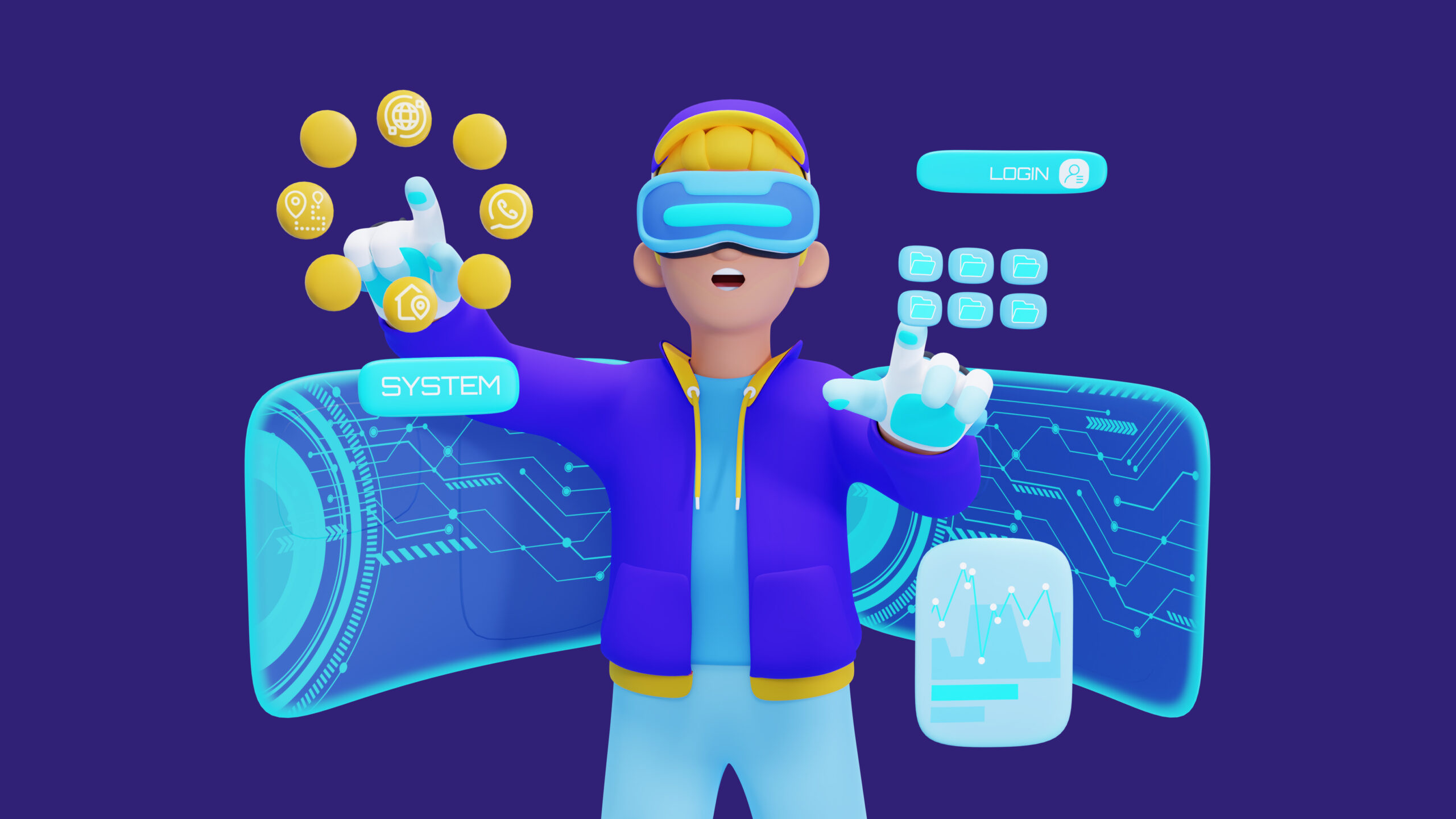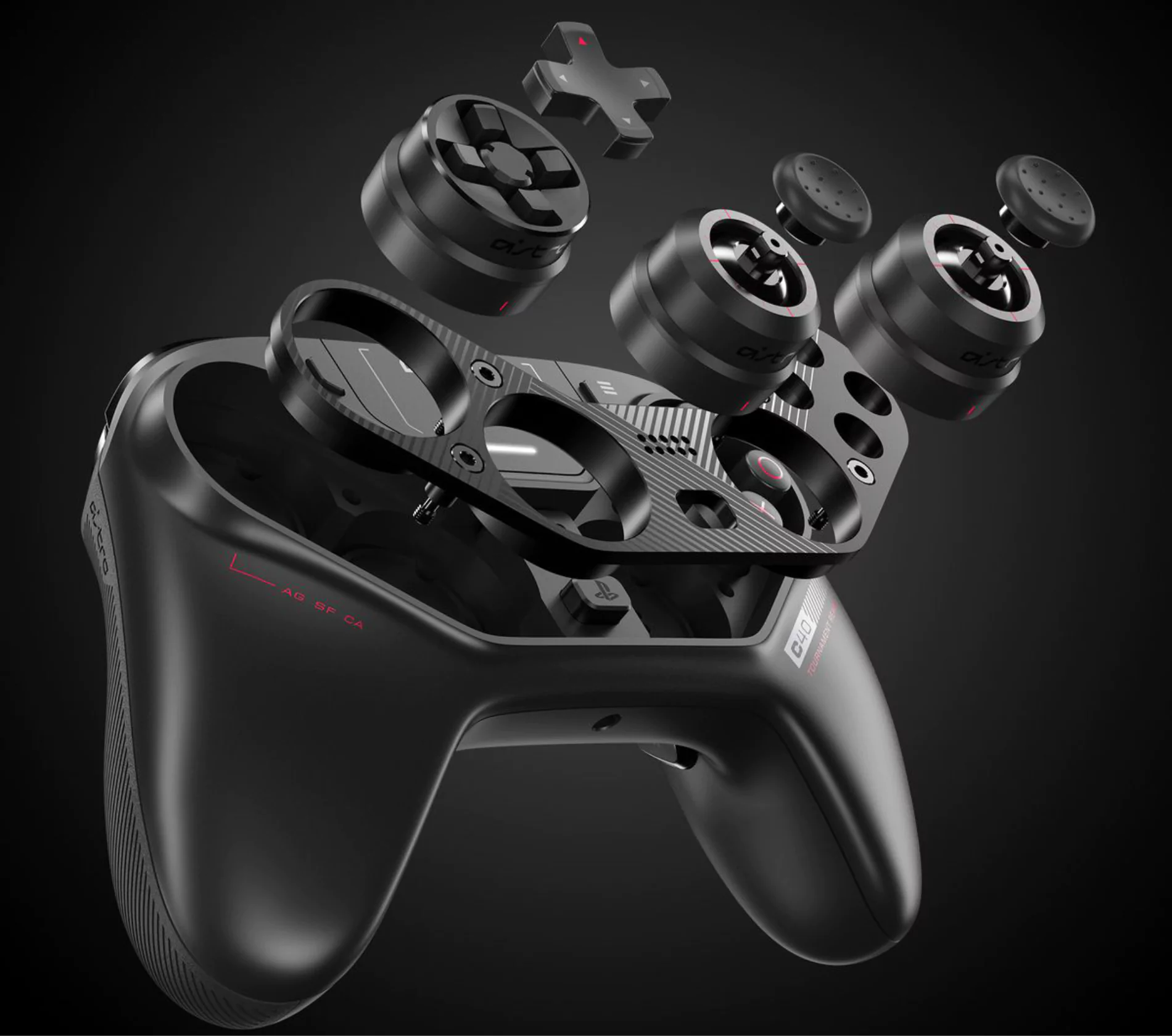The importance of photorealistic 3D visualization spans across a multitude of industries, profoundly impacting product design, marketing, and various other sectors. In an increasingly visual and digital world, the ability to create lifelike representations of products, environments, and concepts has become a game-changer. Here’s a closer look at why photorealistic 3D visualization is invaluable in today’s diverse business landscape:
Product Design and Development
In industries like automotive, furniture, and consumer electronics, photorealistic 3D visualization plays a pivotal role. It allows designers and engineers to visualize products in intricate detail before they are physically manufactured. This not only accelerates the design process but also reduces the costs associated with prototyping and revisions.
Architecture and Real Estate
Architects and real estate professionals use photorealistic 3D visualization to present their designs and properties to clients and investors. It provides a clear and immersive representation of architectural concepts, helping stakeholders make informed decisions and visualize the final result.
Marketing and Advertising
In marketing, the ability to create photorealistic 3D visuals is a game-changer. Brands can showcase their products or services in the most appealing and realistic manner possible. This enhances customer engagement, builds brand trust, and can significantly boost sales.
E-commerce
Online retailers leverage photorealistic 3D visualization to give customers a lifelike 3D view of products. Shoppers can virtually examine items from all angles, inspect details, and even visualize how products might fit into their lives, ultimately increasing conversion rates.
Entertainment and Gaming
In the entertainment industry, including film and video games, photorealistic 3D visualization is essential for creating immersive, visually stunning worlds and characters. It blurs the lines between fiction and reality, captivating audiences and enhancing the overall experience.
Healthcare and Education
In healthcare, 3D visualization aids in medical imaging, surgical planning, and patient education. It allows medical professionals to better understand complex anatomical structures. In education, it makes learning more engaging and interactive, especially in fields like biology and physics.
Industrial and Manufacturing
The manufacturing sector benefits from photorealistic 3D visualization for product prototyping and quality control. It helps identify design flaws early in the production process, reducing waste and costs.
Tourism and Hospitality
The travel and hospitality industries use 3D visualization to offer virtual tours of hotels, resorts, and tourist destinations. This allows potential guests to explore and evaluate their choices before making bookings.
Photorealistic 3D visualization serves as a versatile and powerful tool that transcends industry boundaries. It enhances decision-making, customer engagement, and the overall quality of work in countless sectors, making it an invaluable asset in the modern business landscape. Its ability to convey reality with stunning accuracy and detail continues to drive innovation, improve user experiences, and transform the way we design, market, and experience products and concepts.
Importance of 3D Visualization
Photorealistic 3D visualization has the remarkable ability to significantly enhance customer experiences and drive engagement across various industries. Here’s how:
Immersive Engagement
Clear Visualization
It provides customers with a crystal-clear of products or designs from multiple angles, allowing them to inspect even the finest details. This clarity builds trust and confidence in the product or service.Interactive Exploration
Customers can make more informed decisions when they have a comprehensive understanding of what they are purchasing or experiencing. Photorealistic visuals provide the information necessary for customers to assess value and suitability.Emotional Connection
High-quality visuals can evoke emotions and create a strong connection between customers and brands. For example, in marketing, emotional storytelling through fine visuals can generate empathy and resonance with the audience.
Reduced Uncertainty
In industries like real estate, architecture, and interior design, photorealistic 3D visualization eliminates uncertainty. Prospective buyers or clients can see exactly what they will get, reducing hesitation and facilitating decision-making.
Enhanced Learning
Brands that invest in photo-realistic 3D visualization demonstrate a commitment to transparency and quality. This builds trust among consumers, who are more likely to engage with and remain loyal to trustworthy brands, Whether in product design, entertainment, or marketing, photorealistic visuals elevate the overall user experience. They create a sense of luxury and sophistication, making customers feel valued and respected.
The Art of Photorealistic 3D Visualization
Photorealistic 3D visualization is more than just a technical process; it’s an art form that requires a deep understanding of visual aesthetics, lighting, and attention to detail. In this section, we’ll delve into the intricacies of this art and explore the key elements that contribute to creating stunningly lifelike visuals:
Photorealistic 3D visualization is a specialized form of computer-generated imagery (CGI) that aims to create digital representations of objects, scenes, or environments with such accuracy and detail that they closely resemble photographs or reality itself. It is the art and science of crafting 3D images or animations that are virtually indistinguishable from real-life photographs. Photorealistic 3D visualization strives to replicate not only the visual appearance of objects but also the way light interacts with them, including the play of shadows, reflections, and intricate surface textures. It is characterized by its ability to immerse viewers in a virtual world that feels tangible and lifelike.
Key differences in 3D Visualization from standard 3D modeling:
Level of Detail
High-quality 3D visualization demands an exceptionally high level of detail in modeling, texturing, and rendering. Every aspect of the scene, from individual objects to surface imperfections, must be meticulously crafted to closely mimic reality.
Realism
While standard 3D modeling focuses on creating digital representations of objects or environments, it often does not prioritize achieving a realistic appearance. Standard 3D models may have simplified textures, lighting, and details that do not aim to closely emulate real-life counterparts.
Attention to Lighting
Hyper realistic 3D visualization places a heavy emphasis on accurately simulating lighting conditions. This includes using advanced techniques like global illumination and HDR lighting to replicate the way light interacts with materials and objects.
Materials and Textures
3D models require highly detailed and accurate materials and textures to recreate the look and feel of real-world surfaces. This involves realistic representation of materials such as wood, metal, glass, and fabrics.
Composition and Camera Techniques
Achieving photorealism often involves applying principles of composition, depth of field, motion blur, and camera techniques, similar to those used in photography and cinematography, to create visually compelling scenes.
Post-Processing
Realistic 3D visualizations typically undergo post-processing to fine-tune and enhance their realism. Techniques like color correction, image compositing, and the addition of atmospheric effects contribute to the final photorealistic quality.
Viewer Engagement
The goal of 3D visualization is not just to create accurate models but to engage and captivate viewers by immersing them in a visually convincing and emotionally resonant experience. This goes beyond the objectives of standard 3D modeling, which may focus on technical accuracy rather than emotional impact.
Photorealistic 3D visualization is a transformative art form and technology that holds immense importance across various industries. It offers the ability to craft lifelike representations of products, environments, and concepts, making it a game-changer in fields like product design, marketing, architecture, entertainment, and beyond. This blog post has explored the significance of photorealistic 3D visualization, emphasizing its diverse applications and impact on customer experiences.
It has highlighted how photorealism accelerates product design, aids architectural presentations, enhances marketing efforts, and elevates the entertainment industry. The discussion also delved into its role in education, manufacturing, and tourism, showcasing its cross-industry relevance.
Furthermore, the blog has emphasized the power of photorealistic 3D visualization in engaging customers, enhancing their decision-making processes, and fostering emotional connections. It allows users to explore products interactively, leading to increased brand trust and elevated user experiences.
Lastly, the art of photorealistic 3D visualization was explored, outlining the key distinctions between this specialized form of CGI and standard 3D modeling. Attention to detail, realism, lighting, materials, composition, and post-processing were discussed as essential elements in achieving photorealism.
In summary, photorealistic 3D visualization stands as a versatile and impactful tool that transcends industry boundaries. Its ability to create immersive, interactive, and emotionally resonant visual content continues to drive innovation, improve user experiences, and transform the way businesses design, market, and communicate their products and concepts.





